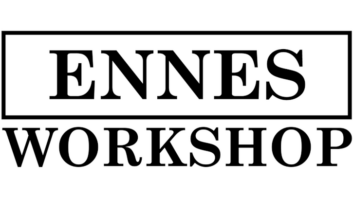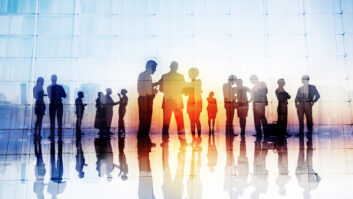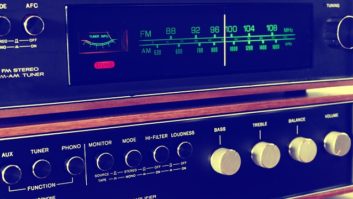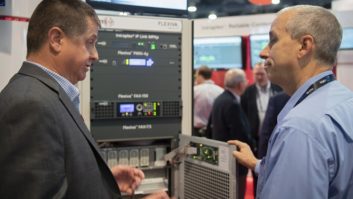
David Bialik is streaming engineer for CBS Radio in New York. But that’s not why we’re talking with Dave today. Rather, it’s in his role as chairman of Broadcast and Streaming Sessions for the 137th International AES Convention. He’s been running the AES Broadcast and Streaming sessions since 1993 (if he’s remembering correctly). This year’s AES show is Oct. 9–12, in Los Angeles.
TechBytes: Is the AES show still relevant to the radio broadcast engineer?
David Bialik: Absolutely! The AES sessions are about learning “Technology and Technique;” the sales presentations stay on the exhibit floor. I believe this is the reason that the attendance of the “Broadcast and Streaming Sessions” only increases year after year.
TechBytes: What is the biggest change in the Broadcast track you’ve seen in the many years you’ve been running it?
Bialik: I have seen many changes over the years — AM Stereo, FMX, Satellite Radio, DAB, BTSC, HDTV and now, 8k, but the biggest change over the many years is Internet streaming and the limitless possibilities it holds.
TechBytes: Frank Foti and Bob Orban are featured in two sessions, “Understanding Audio Processing” and “Loudness for Streaming and Radio.” They are joined by some other audio heavyweights such as NPR’s John Kean and people from CBS, Dolby, DTS and more. What do you expect out of them?
Bialik: Bob and Frank are great assets to the audio community. In one session, they, along with others from DTS and Dolby Labs, are going to discuss how to use the audio processor to achieve the wanted audio sound. In the past, we have discussed the technology and what the ability of the processor is, now we discuss how to use it. I am not sure if it was Bob or Frank who said they make the gun, but cannot tell you how to shoot it.

In the other session, they and the other panelists look at an issue that’s big in TV, but is becoming important in radio and streaming — loudness. Denmark is already discussing a kind of CALM act for radio. I believe the listeners are going to demand something for streaming. People do not like having to adjust the volume knob for advertisements and adjust again for program content.
TechBytes: The AES has been working with the Society of Broadcast Engineers. What up with that at the show?
Bialik: For Saturday [Oct. 11], I worked with the SBE to create a session on repair and troubleshooting of equipment — A must for any engineer! Radio World’s John Bisset is helping out on that one. And speaking of the SBE, they recognize the value of the technical program and count your attendance towards recertification. Also, on Sunday [Oct. 12], SBE is administering certification exams, the best way to show a potential employer your knowledge.
TechBytes: There are always sessions at the show that don’t scream broadcast engineering, but are just interesting for an audio engineer. What are some of those?
Bialik: SMPTE is producing a session on audio concerns for live television, a must attend for any broadcaster (whether you are in TV or not). The Hear Now Festival is going to discuss sound effects utilizing surround — that’s always a great event. Marvin Caesar, the founder of Aphex, is moderating the session on “Listener Fatigue and Retention.” That topic is underexamined — though the content is king, engineers can make the audio comfortable or distasteful to the audience. The panel is a who’s who of broadcast audio. We also have Dave Wilson of the Consumer Electronics Association moderating the panel on the “Streaming Experience.” That medium is still in its infancy and we are still trying to determine how to utilize it best.
Another session that is extremely compelling is the facility design session on Thursday [Oct. 9] morning. John Storyk and Eddie Kramer are going to discuss the ins and outs of some current projects. These are two of the men that built Electric Lady for Jimi Hendrix — legends!
I encourage all to go to the AES Broadcast and Streaming sessions website and view all the great sessions, then go to and see the rest of the technical program. Many in the broadcast community think AES is just the exhibit hall (and it is a great hall), but there is so much more!






